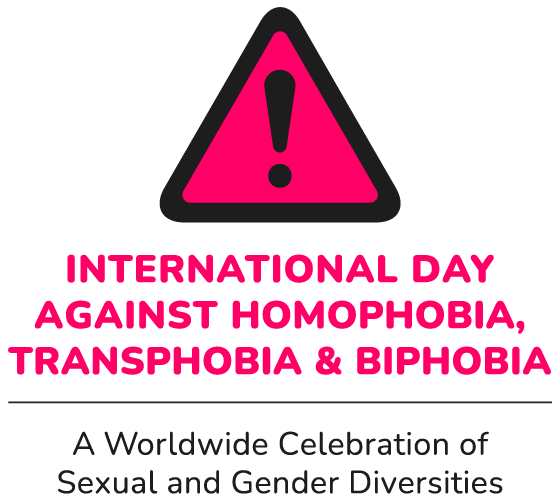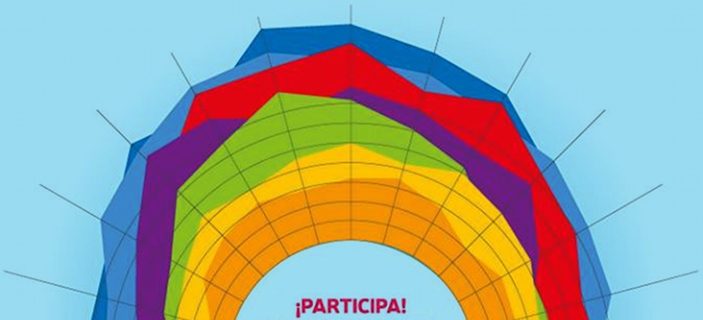Schools can be violent places.
Although there are many examples of schools which have over the past few year consistently been working to create conducive and safe learning environments, research from many countries still reveals the general high levels of abuse, harassment and verbal or physical violence experienced by young people in schools.
The stigma, discrimination and bullying they suffer goes against their right to education.
Studies have widely documented that bullying in school has a huge impact on learning achievement and dropout rates. It is a major obstacle to the right to education. The psychological damages, including low self-esteem, bear permanent marks on people’s lives and can lead to self-harming conducts, including suicide.
Research in the USA has shown that students who are bullied at school are more than twice as likely to report a suicide attempt than students who are not bullied.
And these unsafe environments are bad for all students
Beyond the terrible impact bullying has on the children and students who are perceived as different, it creates generally unsafe, discriminatory, stigmatizing and violent school climates. These climates have proven to have very negative effects on the learning outcomes of ALL students, not only the bullied ones. It is therefore in the interest of all to reverse the situation and allow education systems to construct societies, which are inclusive of diversity and respectful of the individual.
Kids who are different from the majority gender norm suffer most from violence in schools.
Violence in schools reflects wider social problems such as racism, discrimination of people with physical and mental disability , etc…. However, according to the United Nations World Report on Violence against Children (2006), most bullying is actually sexual or gender-based and targets those perceived as not conforming to prevailing sexual and gender norms.
Young girls who are not ‘feminine’ enough and young boys who are not ‘masculine’ enough are specifically exposed to mockery, abuse, exclusion and violence.
It goes not only against the individuals, but it undermines gender equality objectives altogether.
As this violence is bred by stereotyped gender roles (conforming to what is said to be ‘masculine’ or ‘feminine’), to let it happen unchallenged threatens the whole construction of a more gender equal society.
Homo/transphobia is an entry point to tackle sex/gender-based violence
Homophobia and transphobia are forms of the hatred expressed towards people because they are, or are believed to be, homosexual or transgender. Homophobia and Transphobia are forms of gender-based violence because they are based on the assumption that all people should conform to the majority representation of what are ‘masculine’ or ‘feminine’ behaviors.
This form of violence does not affect only children and students with different sexual orientation or gender expression. Surveys have shown that 80% of people who were exposed to homo/transphobic bullying define themselves as heterosexual.
For teachers, fighting sex/gender-based violence is therefore an essential strategy to improve learning achievements for all and should be taken very seriously
Teachers worldwide are taking action
Teachers know they about the importance of a sustainable safe and inspiring learning environment. They act everyday to provide it to their students and have often developed innovative approaches to tackling sexuality-related bullying in general, and homophobia/transphobia in particular, in the classes. Nevertheless, teachers also often experience unease in raising this specific issue. This is why this present initiative has been developed. It focuses on making use of the International Day Against Homophobia and Transphobia as a good opportunity for action and to provide teachers with ideas, inspiration and material for action.
The fact that the International Day Against Homophobia and Transphobia is recognized by many governments and international institutions, and is marked by UNESCO, provides a good argument for teachers to take action.
An international initiative around the International Day Against Homophobia and Transphobia : the Global ‘IDAHO Lesson’
The ’IDAHO Lesson’ is an international initiative by where teachers and educational staff in all contexts are invited to use the International Day Against Homophobia and Transphobia to organize some specific activity in their class on this subject.
While it is important to fight bullying, the initiative also suggests that homo/transphobia bullying is encouraged, if not altogether motivated, by homo/transphobic educational contents. The initiative therefore also encourages a critical examination of the curriculum.
The full ‘Teacher Brief’ below provide many resources for teachers, according to grades and subjects and indicate organizations, which they can turn to for advice and support.
UNESCO has also developed a specific lesson plan for teachers of both primary and secondary levels
UNESCO LESSON PLAN FOR IDAHO
The ’IDAHO Lesson’ creates an opportunity to tackle the issue of sex/gender based violence using the specific angle of homo/transphobia. Take Action ! – Read the full Teacher Brief in the ’Document’ section above and access many resources for action, facts and figures, and more information on the issue
Download the full teacher brief


